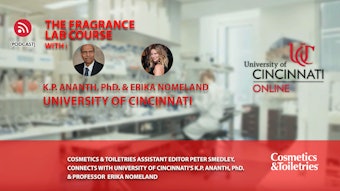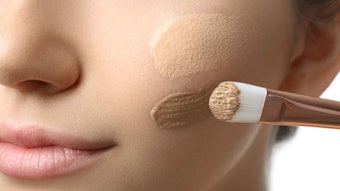Editor's note: The following excerpt was taken from the June issue of GCI magazine, a sister publication of Cosmetics & Toiletries magazine. A full text version can be found by visiting https://www.gcimagazine.com/brands-products/hair-care/article/21849539/eco-attributes-reinvent-the-ethnic-hair-care-segment.
The global multicultural marketplace is an increasingly competitive environment for beauty brands, and a swirl of ethnic hair care products from both new and seasoned manufacturers have launched in recent years with a common theme: natural positioning. While the beauty market at large has seen a rush of products with organic claims, the ethnic hair care segment seems to have been particularly affected by this trend. Hair care brands in this segment are also now exercising a more multicultural approach, quietly moving away from ethnic-specific messaging in an attempt to appeal to a wide range of skin tones and hair textures that constitute the ethnic population.
Ingredients Lead the Way
Ingredients continue to drive innovation, offering a point of differentiation at the shelf for natural and organic brand extensions, and ethnic consumers are more likely to identify with ingredients they traditionally trust to be safe and effective. In North America, Brazil and Europe, shea butter is a notable favorite at both mass and prestige, and recent product launches leverage the widespread recognition of shea butter’s moisturizing and healing properties through packaging, brand identity and advertising. Other common ingredients include aloe, honey, olive oil, coconut oil and avocado, as well as heritage remedies such as African herbs, naturally occurring minerals and even lava clay. In the prestige category, Estée Lauder’s Ojon, sold throughout North America and Europe, features “naturally derived ingredients from the world’s rain forests.” In Asia, new hair care formulations use traditional ingredients associated with health and wellness, such as ginseng extract, pearl protein, aloe, algae and white flower, which can be found in both Kao’s Asience Deep Nourishing line and the LaFang’s Active Amino Acid collection. Procter & Gamble has also extended the Rejoice product line with Eva, a new Asian hair care line that features traditional Chinese herbal ingredients.
Within many cultures, traditions and beauty rituals associated with hair care are passed down through generations. In the African-American community, a vast number of women straighten their hair, a practice that often begins in childhood. As comedian Chris Rock captures through interviews with his own children in the documentary Good Hair, at very young ages, black women exhibit “hair envy” and are often willing to go to extreme measures (i.e. chemical relaxers and weaves) to achieve straight hair. The chemicals used to straighten hair, often lye or alkaline creams, can permanently damage the follicle, and ethnic women commonly report thinning hair and baldness as early as their late teens and early 20s. These harmful side effects intensify the demand for organic or natural alternatives within the ethnic segment, including hair care products for children that are quickly becoming popular within the U.S. and Europe. Namaste Laboratories recently introduced Olive Oil Girls Built-in Protection Plus, an organic relaxer for children ages 10 and older with four-color instructions and a hair checklist, and boutique brands such as Carol’s Daughter and Curls also offer organic hair care product collections developed specifically for kids and babies.
Elle Morris is the vice president and general manager of LPK Beauty, overseeing its general business management and serving as chief customer officer. She provides strategic oversight on businesses in the categories of hair care, feminine care and beauty. Morris has worked with partners in North America, Latin America, Asia and Europe to develop an understanding of beauty’s power across cultures.










